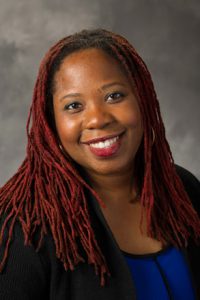Boundaries of Love: Interracial Marriage and the Meaning of RacePosted in Anthropology, Books, Brazil, Caribbean/Latin America, Family/Parenting, Media Archive, Monographs, Social Science, United States on 2019-05-01 22:08Z by Steven |
Boundaries of Love: Interracial Marriage and the Meaning of Race
New York University Press
May 2019
320 pages
16 black and white illustrations
152.40 x 228.60 mm
Cloth ISBN: 9781479878611
Paper ISBN: 9781479831456
Chinyere K. Osuji, Assistant Professor of Sociology
Rutgers, The State University of New Jersey, Camden
How interracial couples in Brazil and the US navigate racial boundaries
How do people understand and navigate being married to a person of a different race? Based on individual interviews with forty-seven black-white couples in two large, multicultural cities—Los Angeles and Rio de Janeiro—Boundaries of Love explores how partners in these relationships ultimately reproduce, negotiate, and challenge the “us” versus “them” mentality of ethno-racial boundaries.
By centering marriage, Chinyere Osuji reveals the family as a primary site for understanding the social construction of race. She challenges the naive but widespread belief that interracial couples and their children provide an antidote to racism in the twenty-first century, instead highlighting the complexities and contradictions of these relationships. Featuring black husbands with white wives as well as black wives with white husbands, Boundaries of Love sheds light on the role of gender in navigating life married to a person of a different color.
Osuji compares black-white couples in Brazil and the United States, the two most populous post–slavery societies in the Western hemisphere. These settings, she argues, reveal the impact of contemporary race mixture on racial hierarchies and racial ideologies, both old and new.






